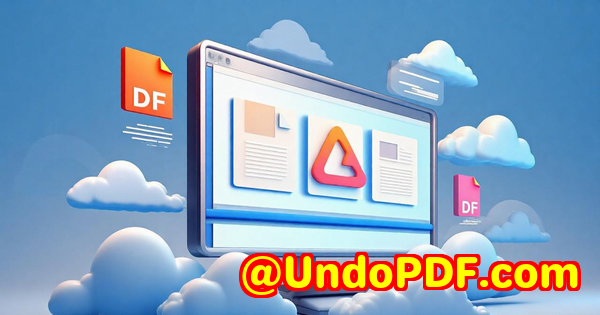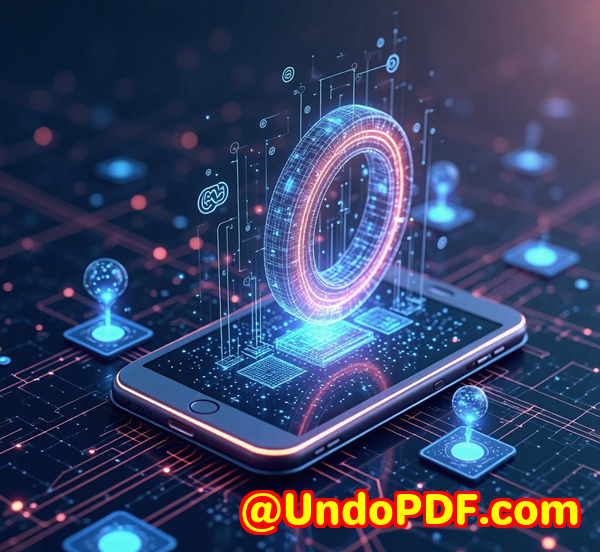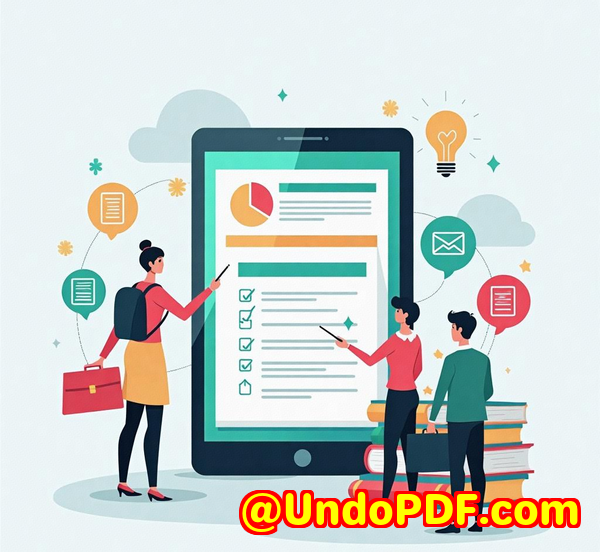Convert Emails and Attachments into Archivable PDF Format with OCR and Indexing
Convert Emails and Attachments into Archivable PDF Format with OCR and Indexing
Meta Description:
Easily convert emails and attachments to searchable, indexed PDFs using OCRperfect for archiving, automation, and data extraction.
Every inbox is a mess until you tame it
Every Friday, around 4 p.m., I’d look at my inbox and feel like it was judging me.

Dozens of emails from clients, reports with attachments, scanned forms, contractssome PDFs, some Word docs, a few random image files. Everything sitting there in a cluttered, chaotic heap, just waiting to become someone else’s problem.
Only it wasn’t someone else’s problem. It was mine.
And the real kicker? My team needed this stuff searchable. Not just dumped into a shared drive and forgotten. We had compliance requirements. We needed full-text search, metadata tagging, indexing, even OCR for scanned stuff. So now I was not just a project managerI was the document wrangler.
Then I found VeryPDF PDF Solutions for Developers.
Here’s how I fixed the mess
I wasn’t looking for bells and whistles. I needed a workhorse. Something to handle:
-
Dozens of email attachments a day
-
Mixed file types (PDF, images, Word docs, even scanned faxes)
-
OCR to make everything searchable
-
PDF/A compliance for long-term storage
-
Indexing and metadata for fast lookups
What I found was a game-changer: VeryPDF’s OCR and data extraction tools, built specifically for dev teams and ops folks who want automated, reliable document workflows.
Let me break it down for you.
Why this tool nailed it
1. OCR That Actually Works (and Fast)
If you’ve ever used free OCR tools, you know they miss stuff. Or they mess up formatting. Or both.
This one uses ABBYY FineReader Enginewhich, honestly, is the gold standard. It nails text recognition even in lower-quality scans. And here’s the best part: it adds a hidden text layer, so the original layout stays untouched. No shifting headers. No broken forms.
And because it’s scriptable, we were able to:
-
Set it up to watch a folder where Outlook dumps email attachments
-
Auto-run OCR on everything that lands there
-
Save the output as PDF/A, fully indexed, ready to archive
2. Email Attachments to Archivable PDF
This might be the most underrated feature: we could pull in emails and attachments, process them together, and save everything as a unified PDF.
So instead of six separate files scattered across formats, I got one searchable, archived document.
Think legal discovery, client onboarding, HR document handlingthis kind of merge-and-convert flow saves hours per week.
And it supports:
-
Batch processing
-
Command-line options for automation
-
REST API if you want to hook it into your own system
3. Metadata and Indexing Like a Boss
We didn’t just need searchable PDFswe needed to sort them, filter them, find them fast.
VeryPDF’s extraction capabilities let us pull out:
-
Document titles
-
Author names
-
Email subjects
-
Embedded dates
-
Custom metadata tags
We could then drop this into our DMS (document management system) with the right fields filled out automatically.
This isn’t fluffit’s how you scale documentation without drowning.
Real talk: Where this wins vs others
I’ve used Kofax. I’ve tested Adobe automation flows. I’ve tried the “free tools” route.
They all had one of three problems:
-
They break under volume.
Anything over 100 files and you’re looking at coffee breaks between batches.
-
They choke on attachments.
Especially if it’s a weird filetype or a scan inside an email thread.
-
They’re not developer-friendly.
I needed CLI access. Batch support. API options. I don’t want to click through a GUI 40 times a day.
VeryPDF delivered on all three counts.
Who should be using this?
This tool isn’t just for IT. If you handle documentation that needs to be saved, searched, and audited, you’re in the sweet spot.
Perfect for:
-
Law firms: Convert client emails and signed forms into PDF/A with full OCR.
-
Finance teams: Archive email-based invoices or receipts into searchable, structured folders.
-
HR departments: Pull in onboarding paperwork and email approvals, bundle them, tag them, done.
-
Compliance-driven industries: Healthcare, banking, governmentwherever long-term storage and traceability matter.
Use cases we’ve solved with it
-
Scanned PDF contracts: OCR and tag them by vendor and date.
-
Customer support threads: Combine emails + screenshots into PDFs for quality control audits.
-
Onboarding forms: Merge employee docs from multiple sources, extract key data, auto-save in their HR folder.
-
Monthly reports: Take email submissions, convert all attachments into standardised, indexed PDFs.
The flexibility is massiveand it actually scales.
Want to automate your PDF workflow?
You can get up and running fast.
-
Hook it into email servers to auto-process attachments
-
Watch network folders with batch OCR
-
Integrate with your existing systems using the REST API
-
Convert scanned documents to searchable files
-
Apply PDF/A standards for long-term archiving
-
Extract metadata to build powerful internal indexes
If you’re still manually converting files or searching through email archivesstop.
There’s a smarter way to handle it.
I’d recommend this to anyone wrangling documents for a living
If you’re in operations, legal, finance, or just stuck cleaning up the mess in someone else’s inboxthis tool pays for itself in days.
No fluff. No learning curve. Just scalable, reliable document automation.
Try it out for yourself here: https://www.verypdf.com/
Or if you’ve got a crazy specific workflowreach out. VeryPDF does custom builds too. They worked with us on a tailored API flow, and it cut our processing time by 60%.
Custom Development Services by VeryPDF
Got a weird use case? Need to process files on macOS, Windows, or Linux? Need something mobile-ready or cloud-based?
VeryPDF builds custom PDF processing tools from the ground up.
From Windows Virtual Printer Drivers that capture every print job, to system-wide API hooks for advanced monitoringthis team has serious range.
You can get tools built in Python, PHP, C/C++, .NET, JavaScript, Java, or C#. Whether it’s barcode generation, OCR table recognition, or integrating document workflows into your app, they’ve probably already built something close.
Need PDF security? Digital signatures? DRM? Cloud APIs? Office to PDF conversion?
They do it all.
Reach out to them directly here: https://support.verypdf.com/
FAQs
1. Can VeryPDF handle attachments in different formats (like Word or image files)?
Yes. It converts Word, Excel, images, and other common formats into PDF. OCR is applied to scanned content too.
2. Is this tool suitable for large-scale document processing?
Absolutely. It’s built for enterprise volumes and includes batch processing and automation features.
3. Can I integrate it with my email server to auto-process incoming attachments?
Yes. You can connect to email servers or watch folders to trigger automatic processing workflows.
4. What PDF standards does it support for archiving?
VeryPDF supports PDF/A-1, PDF/A-2, and PDF/A-3 for long-term compliance and archival use.
5. Does it work on Linux or just Windows?
It’s flexibleVeryPDF offers solutions for Windows, Linux, and even Docker-based environments.
Keywords / Tags:
convert emails to PDF, searchable PDF OCR, PDF archiving tool, email attachment PDF conversion, automate PDF processing



